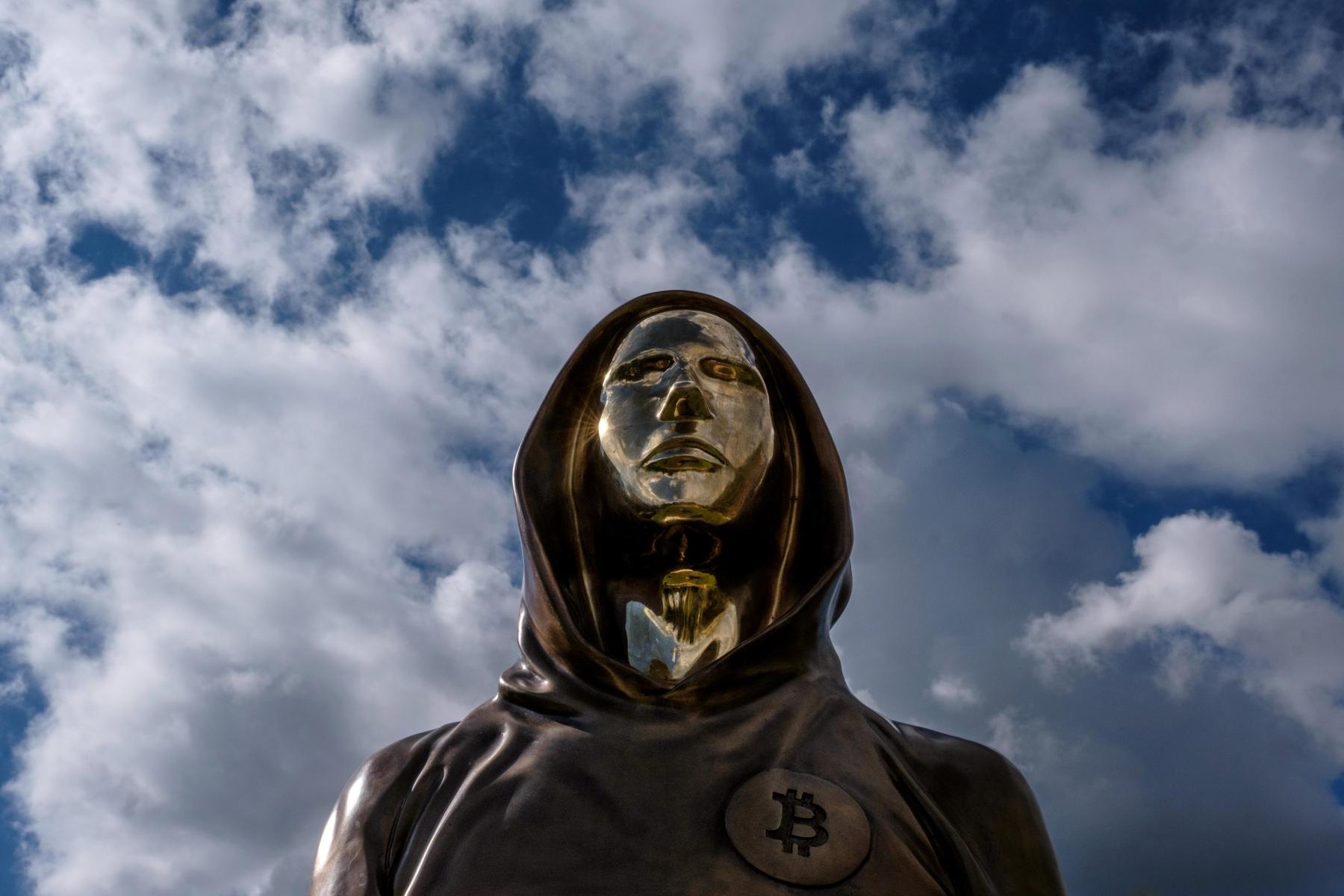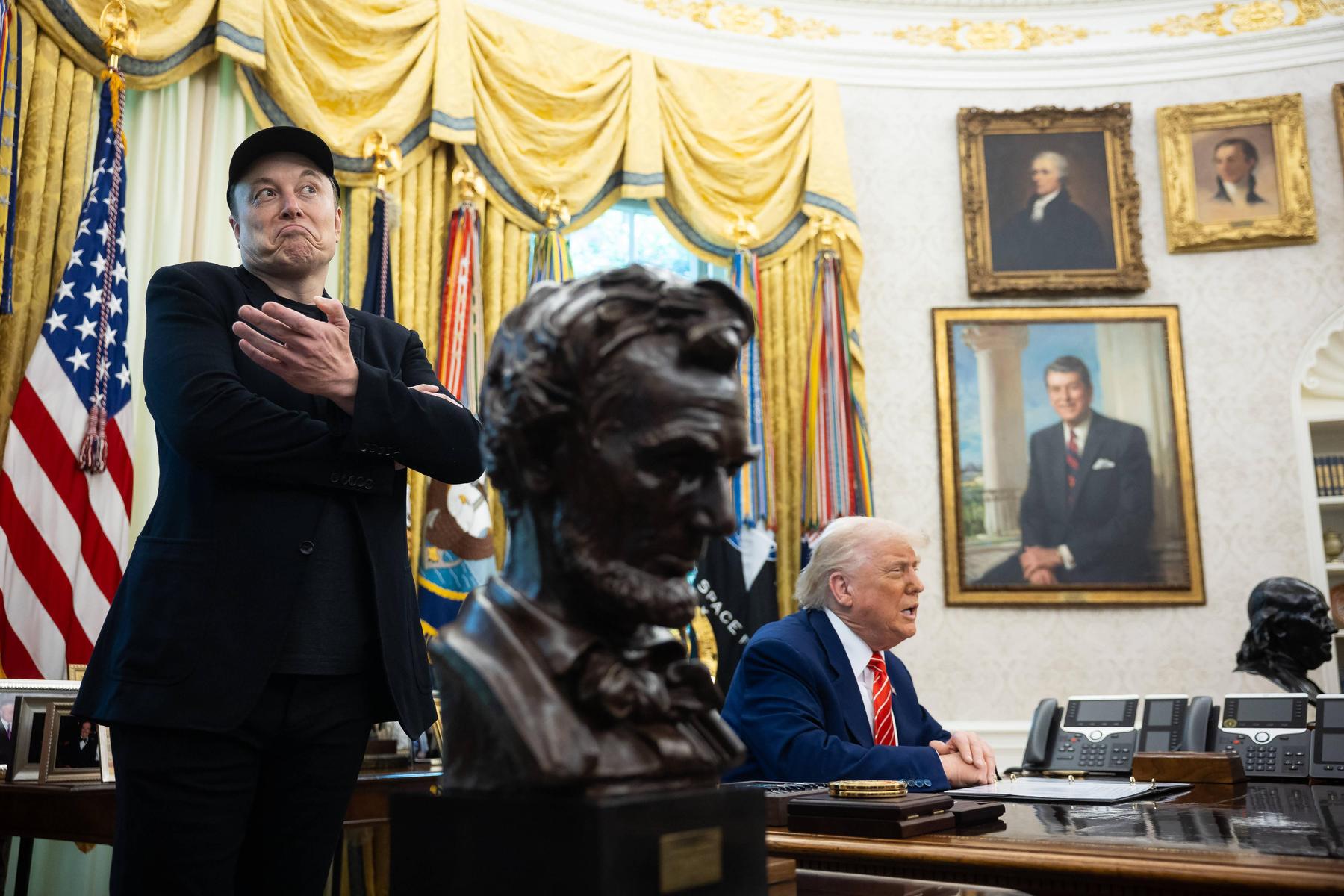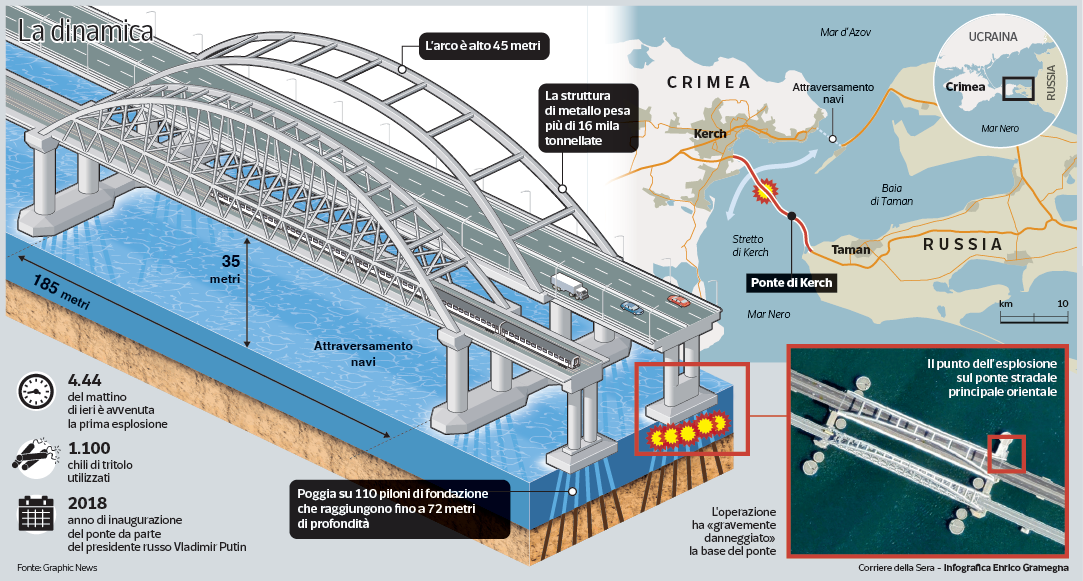As a dispute the bitcoiner withdrawn – diepresse.com

Book. It was less than ten years ago that Bitcoin had almost been thrown out of the track due to a violent direction of direction. Which teachings can be drawn from it.
Bitcoin has no central authority. That sounds good, since it is the meaning and purpose of the decentralized payment system. But sometimes it takes up difficulties when it comes to who actually makes the decisions at Bitcoin. The programmers who are constantly improving the code? But what if they disagree? And what if nobody accepts your change? The miners, attach the blocks to the blockchain with transactions and decide which software they run? The node operators (nodes), they monitor whether everything is right with right things and can reject blocks that cannot correspond to their rules? The stock exchanges that support the changes or not? The users who accept the new version or not?
From 2015 to 2017, a directional dispute escalated so much that Bitcoin was hazardous to suffer an enormous loss of trust. Jonathan Bier, who worked for numerous Bitcoin companies, was on site at important conferences. His book « The Blocksize War » is now also available in German. In it he describes how opinion formation takes place in a decentralized network and shows that it is also about personal and content -related things. It is an exciting story, rich in intrigue and technical details.
User -friendliness …
At that time it was already clear that Bitcoin could reach its limits as a means of payment: Only every ten minutes a block is attached to the blockchain with transactions. Since the block size was initially only a megabyte (MB), only about 1000 to 2000 transactions fit into a block. Anyone who wanted to make sure that their payment was included in the next block sometimes had to pay high fees. But how should Bitcoin ever prevail if it could take hours for a payment to be confirmed?
The obvious idea was: increase the block size. The big blockers had prominent personalities in their ranks: Gavin Andresen, whom Bitcoin inventor Satoshi Nakamoto himself is said to have determined his successor, the Bitcoin developer Mike Hearn, the Roger Ver or Jihan Wu, the founder of Bitmain, a Chinese manufacturer of Bitcoin mining devices. The big blockers wanted to help Bitcoin breakthrough and found that Bitcoin payments should be quick and cheap if dealers and buyers should use Bitcoin.
… or security?
The small blockers-for example, included blockstream boss Adam Back, the later blockstream-cto Gregory Maxwell or the Bitcoin developer Luke Dashjr-said that large blocks would make the blockchain very extensive, which would make the work of nodes that check and save the transaction history. Only large data centers could act as nodes. Even small miners would find it difficult to process so big blocks, and would then be pushed out of the race. Miner raises energy to attach blocks with transactions to the blockchain. The more computing expenses you drive, the safer the network is. If smaller miners are pushed out of the race, this could weaken the network and also lead to centralization. Bitcoin also makes a valuable asset that the storage space is limited. In order to solve the scaling problem, they pleaded for a solution called Segwit that optimizes the block size without increasing them and facilitate second layer solutions (payments that are not immediately recorded in the blockchain).
So much about the problem of content. There was another: the personal level. Bitcoin developers and founders of Bitcoin companies are highly intelligent, but not always simple people. Gavin Andresen was convinced that his update Bitcoin XT, which was developed with Mike Hearn – provided an increase in the block size – would be accepted by everyone because he had proposed it. Many bitcoiners were annoyed by this measurement and because of that were against it. On a subreddit (a self -managed community) on the platform Reddit the supporters of Bitcoin XT were excluded, which they criticize as censorship. Otherwise there was a fight with hard bandages, there were insults and allegations of racism.
First, the big blockers seemed to win the war with their more catchy narrative. Then they lost decisive battles. Gavin Andresen embarrassed himself when he introduced the Big-Blocker Craig Wright as Satoshi Nakamoto, which could not be verified. A splitting of the second largest cryptocurrency Ethereum in two versions was deterred. Another attempt to increase the block size, Bitcoin Unlimited, turned out to be poorly conceived and prone to errors. Finally, a group of big blockers around Roger Ver Bitcoin Cash split off, a version with larger blocks and without Segwit. Bitcoin cash did not really prevail.
Who is in charge at Bitcoin?
Gavin Andresen and Mike Hearn withdrew, Roger took care of Bitcoin Cash. He currently lives in Spain and has trouble with the US judiciary because of a tax matter. Craig Wright insisted on being Satoshi Nakamoto, split another version of Bitcoin Cash and covered the half Bitcoin community with lawsuits until a dish finally stated that it is not Satoshi Nakamoto. Adam Back won.
A Bitcoin block now comprises two megabytes and can process even more transactions thanks to Segwit. Second layer solutions such as Lightning spread out. Everyone can run a node in their private apartment. Above all, it has been shown that the developers and big miners do not make the rules at Bitcoin. If you want to change rules, you have to convince users and investors. « There is no guarantee that this user -controlled money characteristics will remain forever, » writes Jonathan Bier. Bitcoin remains a project, the skill of which all participants steer. Whether in the right or wrong direction will be shown.
Jonathan Bier:
« The Blocksize was. The fight for the control of the Bitcoin
Protocols «
Frycot
250 pages






